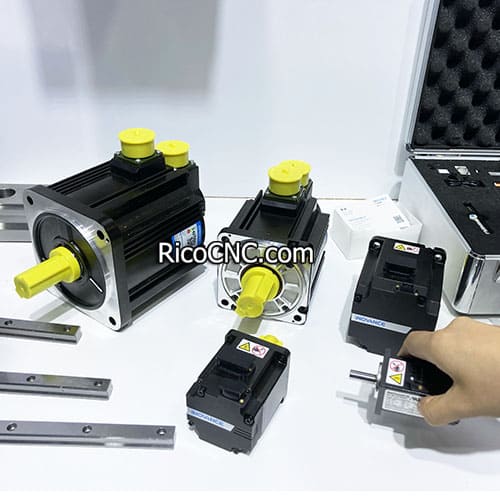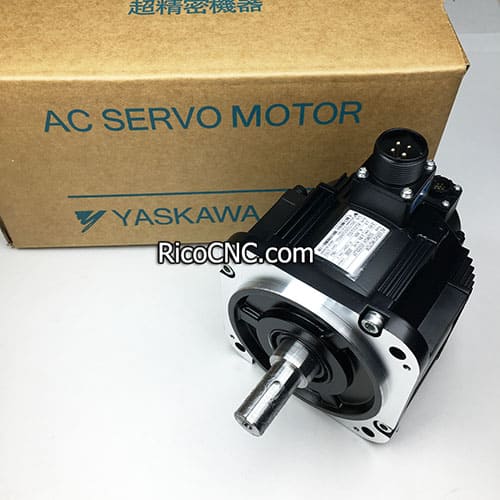
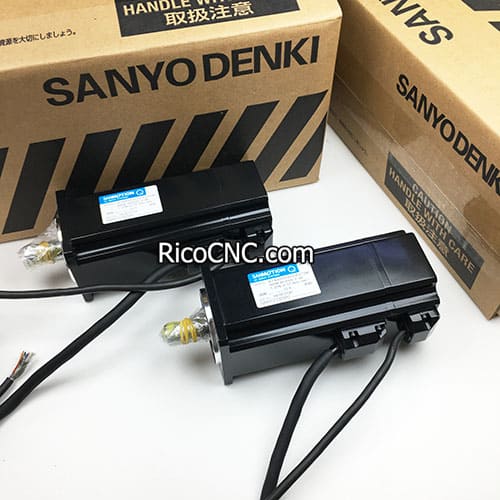
Servomotors have become such a large part of our manufacturing and engineering industries that we often take them for granted. All types of servo motors come with their own set of advantages and unique features. Today we’ll learn more types of servo motors.
Types of Servomotors can be AC servo motor and DC servo motor. Brushed servo motor or brushless servo motor, Linear servo motors, Rotary Servo Motors, synchronous servo motor or asynchronous servo motor, Analog Servo Motors, Digital Servo Motors.
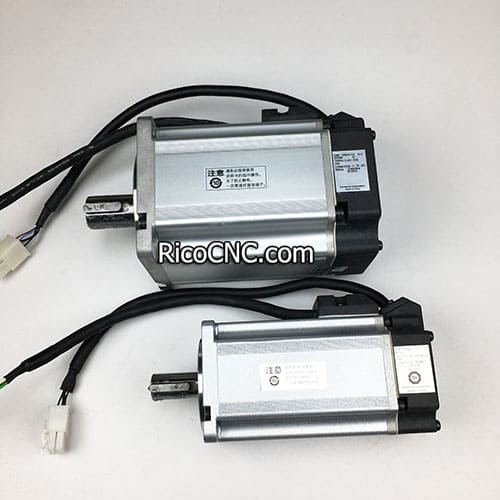
1. Based on their current type – AC servo motors or DC servo motors
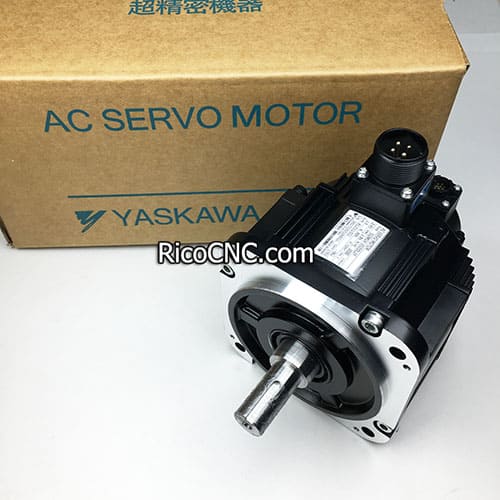
The first difference between AC and DC motors is in the inherent ability to control speed.
With a DC motor, the speed is directly proportional to the supply voltage with a constant load.
In an AC servo motor, speed is determined by the frequency of the applied voltage and the number of magnetic poles.
While both AC servo motors and DC servo motors are used in servo systems, AC servo motors will withstand higher current and are more commonly used in servo applications such as with robots, in-line manufacturing, and other industrial applications where high repetitions and high precision are required.
DC servo motor applications include:
Semiconductor devices
Aircrafts
Numerically controlled equipment
Machine tools
Robotics
AC servo motor applications include:
Washing machines
Electric knife sharpeners
Office equipment
Ovens
Water heater
Automation technology across various industries
Automated conveyor belts and equipment
Heavy industrial machinery
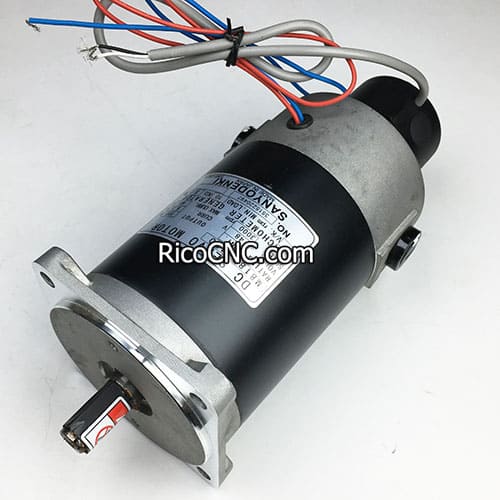
2. Linear servo motors
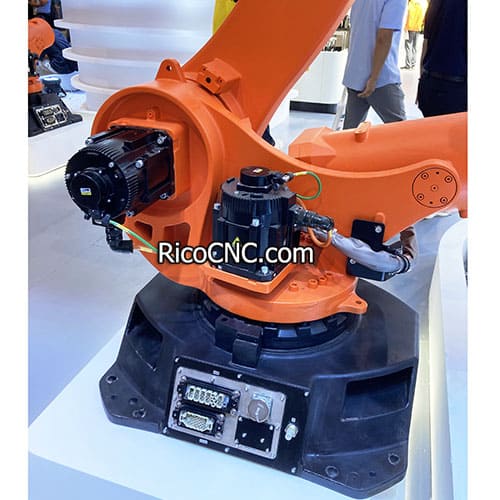
A linear servo motor produces velocity and force based on the current and voltage to create a linear movement along the required axis. For the most part, linear servos use a rack and pinion mechanism to change their output.
Application of linear servo motor:
Machines that pump liquid metal
Sliding doors
Propelling the shuttle in looms
Cranes for material handling
Baggage handling machines
Large-scale bulk materials transport
3. Rotary Servo Motors
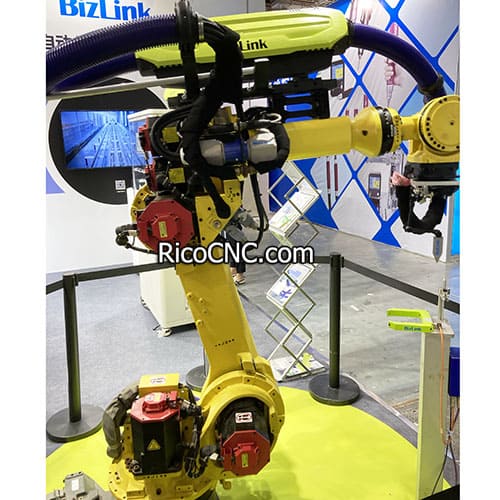
A rotary servo motor works by turning something in circles to function.
Rotary servo motors can be used in:
Robots
food and beverage processing equipment
Aviation applications
Radio-controlled cars
Toys
4. Synchronous servo motor or asynchronous servo motor.
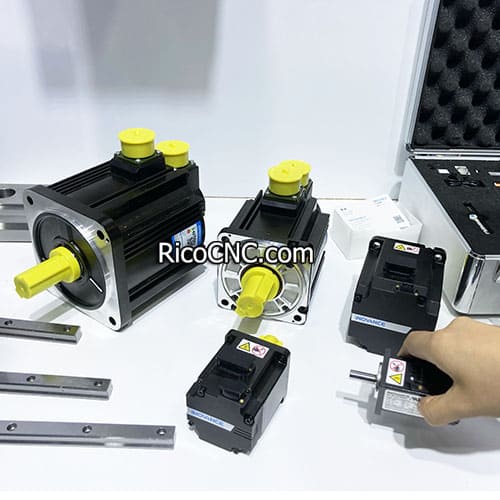
5. Analog Servo Motors

The Servo motor is the cruise control function in a car. It measures servo motor speed and feeds the information into a control circuit.
Typical applications:
Metrology applications that require low-voltage
Scale and sport aircraft
Sport-level cars and trucks
Medical equipment
6. Digital Servo Motors
Application:
Home electronic devices
Blu-ray disc devices use servos to extract and retract disc trays
7. Based on the type of Commutation used, whether the motor uses brushes or not.
Brushed servo motor or brushless servo motor. A DC Servo Motor is commutated mechanically with brushes, using a commutator, or electronically without brushes.
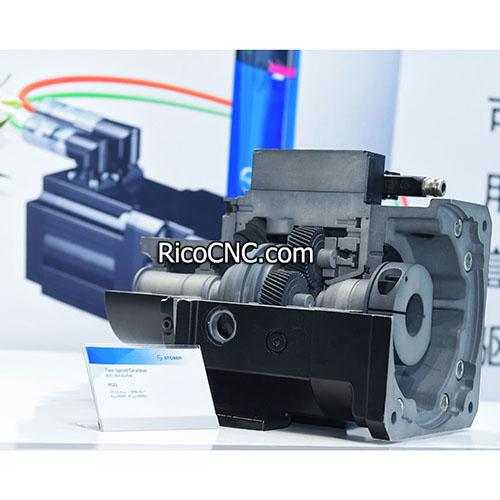
Brushed servo motors are generally less expensive and simpler to operate, while brushless designs are more reliable, have higher efficiency, and are less noisy.
It consists of a cylinder composed of multiple metal contact segments on the rotor. Two or more electrical contacts called “brushes” made of a soft conductive material such as carbon press against the commutator, making sliding contact with segments of the commutator as it rotates.
While the majority of motors used in servo systems are AC brushless servo motor designs, brushed permanent magnet motors are sometimes employed as servo motors for their simplicity and low cost.
The most common type of brushed DC servo motor used in servo applications is the permanent magnet DC servo motor.
The final classification to consider is whether the servo motor application will use a synchronous or asynchronous rotating field.
While DC motors are generally categorized as brushed servo motors or brushless servo motors, AC servo motors are more often differentiated by the speed of their rotating synchronous or asynchronous field.
This is all about types of servo motors. This motor is a division of servomechanism. Mostly, they couple with some type of encoder for providing positioning, and speed feedback as well as some fault-correcting apparatus that activates the supply signal.
RicoCNC can supply a series of AC servo motors, DC servo motors, brushless servo motors, and rotary servo motors, sure we also offer different brands of encoder, reducer, limit switch, etc. welcome your inquiry.
